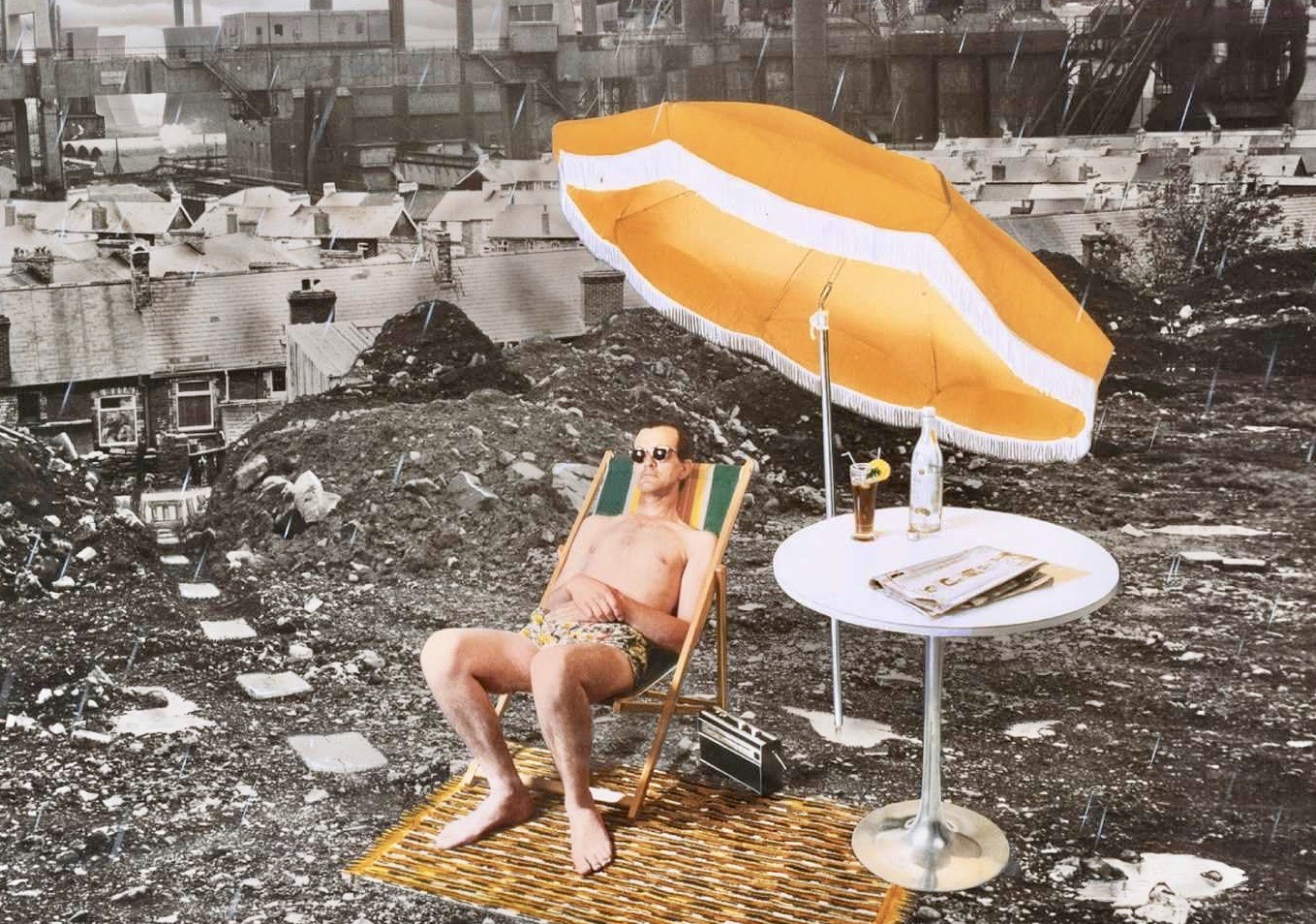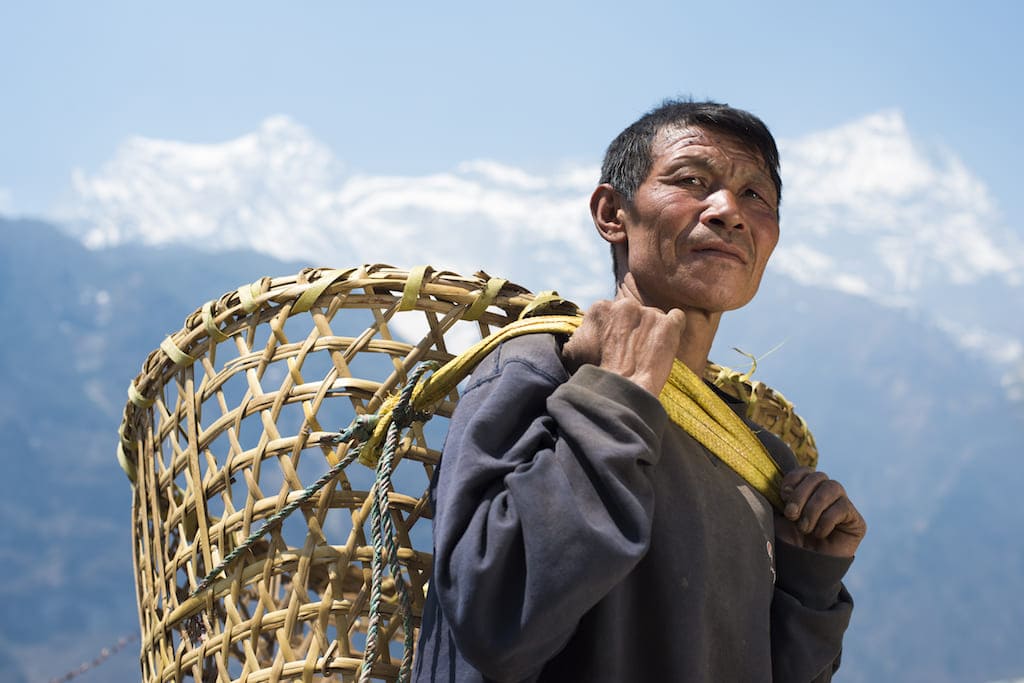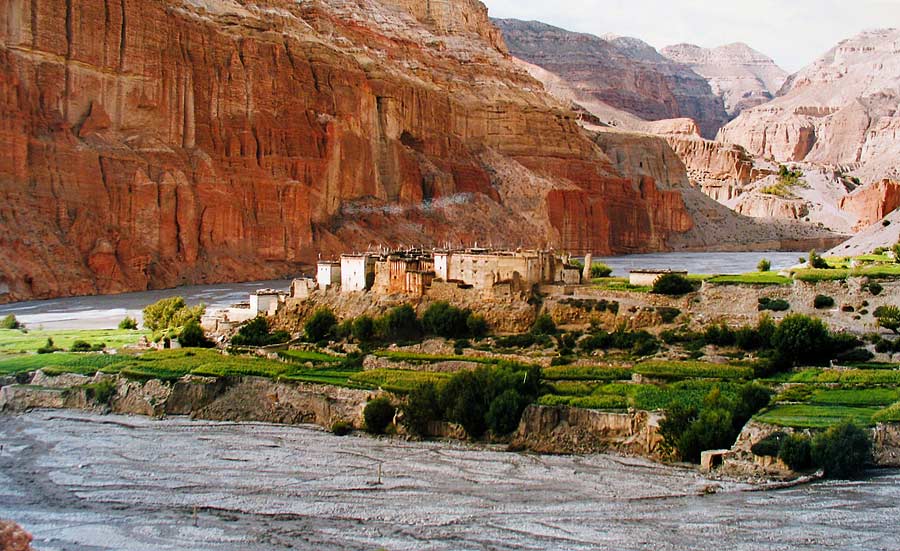You can contact us by e-mail or phone
from uk
01405 862917
outside uk
+44 1405 862917
01405 862917
+44 1405 862917
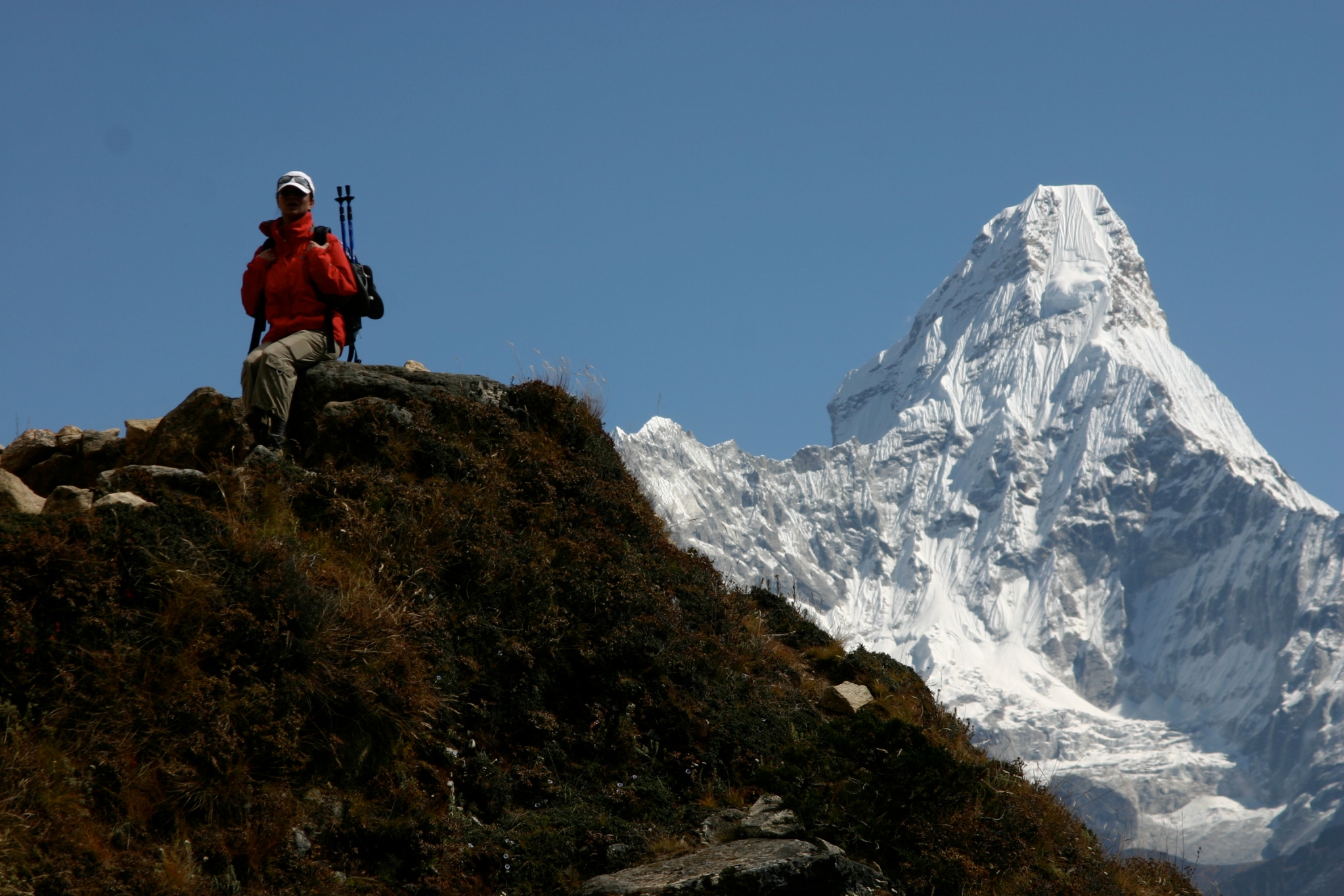
The best time to trek in Nepal
Snow Cat Travel - A UK registered trade mark
Nepal is famous for trekking. Hiking in the Himalayas of Nepal beneath some of the highest mountains in the world is a truly majestic, if not humbling experience.
Indeed thousands upon thousands of trekkers visit Nepal every year to trek to Everest Base Camp or hike to Annapurna Base Camp.
In fact these trekking trails can get so busy, "trekker jams" sometimes arise. Then again there are so many other Nepal treks to choose from that aren't jam-packed with hikers, even during the busiest months such as the trek to Makalu Base Camp or hiking to Kangchenjunga Base Camp.
Seriously quiet treks in Nepal include the Dhaulagiri Circuit Trek and the restricted area of Nar Phu.
But the question is, "when is the best time to trek in Nepal"? And the answer to that is, "it depends".
NOTE: Snow Cat Travel is a tour operator. We're not scientists or meteorologists. But we do know that Climate Change is something that is definitely happening in Nepal and throughout the Himalayas. Although you're coming to Nepal for a holiday, climate change doesn't take a holiday. It seems though that Nepal is becoming warmer and perhaps wetter. It's no secret that the Himalayan glaciers are melting.
Simply put the once reasonably reliable weather patterns are no longer reliable and consequently not predictable.
We seem to get "freak snow" at times when it wouldn't usually be expected and in locations where it rarely snows.
For more see: Nepal Climate Information
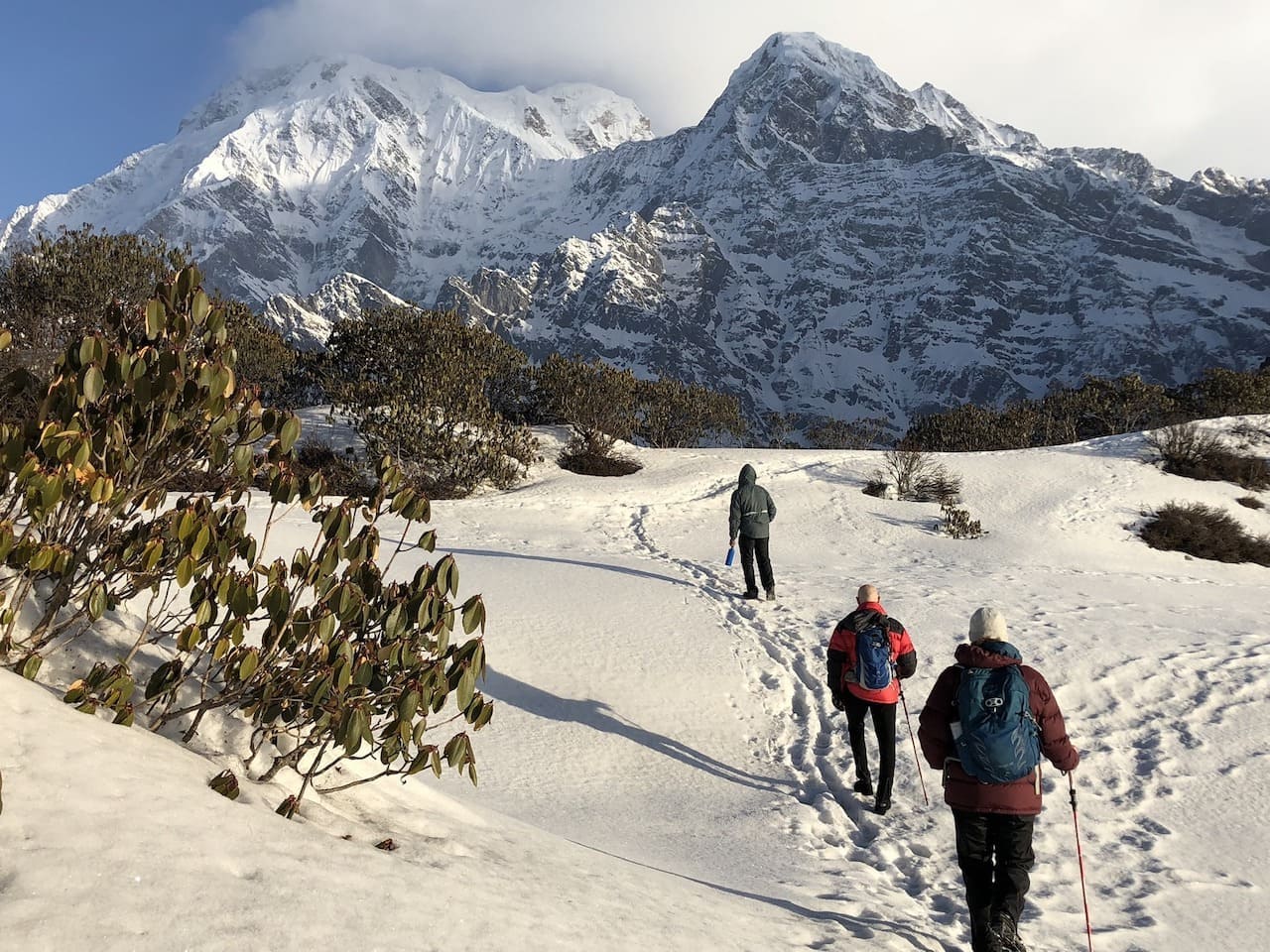
The main trekking season in Nepal
As a general rule the trekking season in Nepal begins in October and ends in April.
If you're just doing a short trek in Nepal that general rule is probably applicable as you're likely to be trekking at mostly low altitude.
It's the Himalayas after all. The peaks of the Himalayas are snow covered all year round and not known as the "third pole" for nothing.
And the cliché, "the higher you go the colder it gets" is of course true. In fact for every 1000m you gain in height the temperature decreases by about 6 degrees centigrade.
So, if you're undertaking a trek that goes over 5,000m (and many do in Nepal) that's a potentially whopping decrease of 30 degrees centigrade!
It's inevitably always going to be cold at higher elevations on a trek in the Nepal Himalayas, but during the winter months it is going to be bitterly cold, especially at night time when temperatures can quite literally plummet to well below freezing.....Brrrr!
Although on the lower sections of a Nepal trek even in January and February you might just find yourself hiking in t-shirt and shorts for the first few days if the trek has started at a low altitude like the Annapurna Circuit and then at the highest points of this trek (including the 5416m high Thorung La) dressed like a Polar Bear.
Broadly speaking we think that either November or April are the two best months for trekking in Nepal during the main season. Not entirely dissimilar in so much as temperature wise and least chance of rain.
They're not the same though. In November (post monsoon) the land has been rejuvenated by the monsoon and is much greener and lush. In April the land is showing signs of being much drier and awaiting the monsoon rains.
Although historically October has always been the start of the main trekking season, perhaps as a result of climate change (or just a temporary variation) the past couple of Octobers have been very wet.
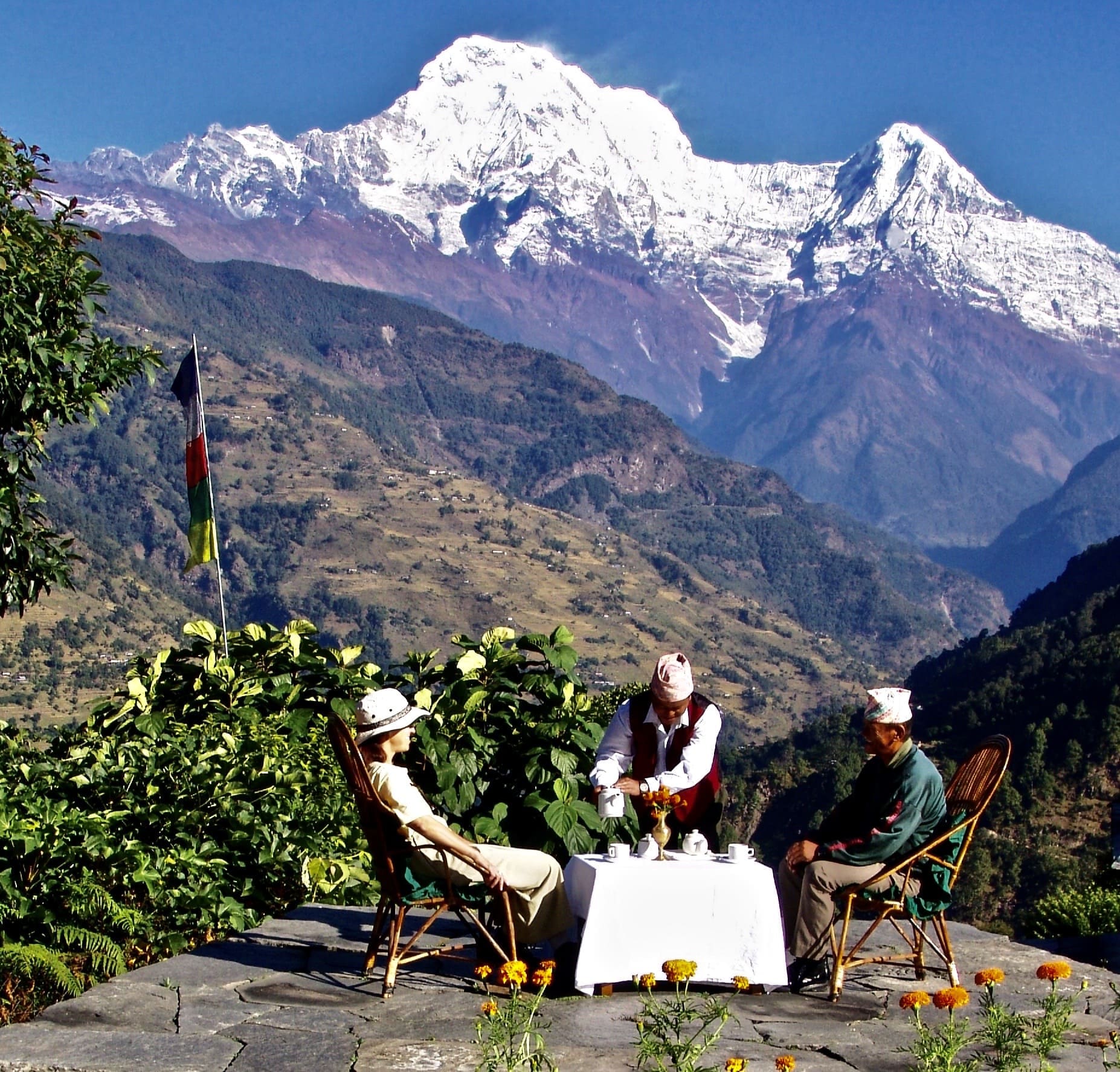
High Altitude Trekking Considerations
At high altitude it's always cold. During the winter months even more so. Then again the reward for enduring (suffering?) bitterly cold temperatures at higher altitudes is often crisp, unbelievably "crystal clear" views of the Himalayan peaks.
But, again this is where "it depends" is an important consideration when choosing what is the best time to undertake a particular trek.
A "one size fits all" best time to trek in Nepal rule just doesn't apply.
This is particularly relevant on certain treks where a high pass (or a few) form part of a trekking route. But, even then you can't apply a "one size fits all" rule just because a particular trek has a high pass crossing to negotiate.
The Thorung La on the Annapurna Circuit Trek at 5416m is actually a little higher than the Larkya La at 5135m on the Manaslu Circuit.
So, you could be forgiven for thinking that the logic of "the higher it is the more chance of it being snow bound" applies particularly during the winter months.
Yet, the Thorung La is rarely impassable due to snow because it is slightly more "protected" from some weather patterns, whereas the Larkya La is much more exposed. So, in (say) January you could reasonably hope to still be able to cross the Thorung La, but there's a high chance that (and they aren't that distant from one another either) that the Larkya La will be well and truly impassable due to heavy snow.
So, some high altitude treks like Manaslu and the Dhaulagiri Circuit Trek have a much narrower "window of opportunity" if you are to stand any chance of getting over the high passes. In the Autumn season these two are probably best not attempted any later than November and in the Spring perhaps no earlier than mid-March.
Then again Annapurna Base Camp can and does get some very heavy snow dumps during the winter months and it's not unheard of for trekkers to be stuck there for a few days until a route can be dug out of the snow.
In other words some high altitude treks are more susceptible than others. Indeed some are "doable" during cusp months outside the main trekking season too.
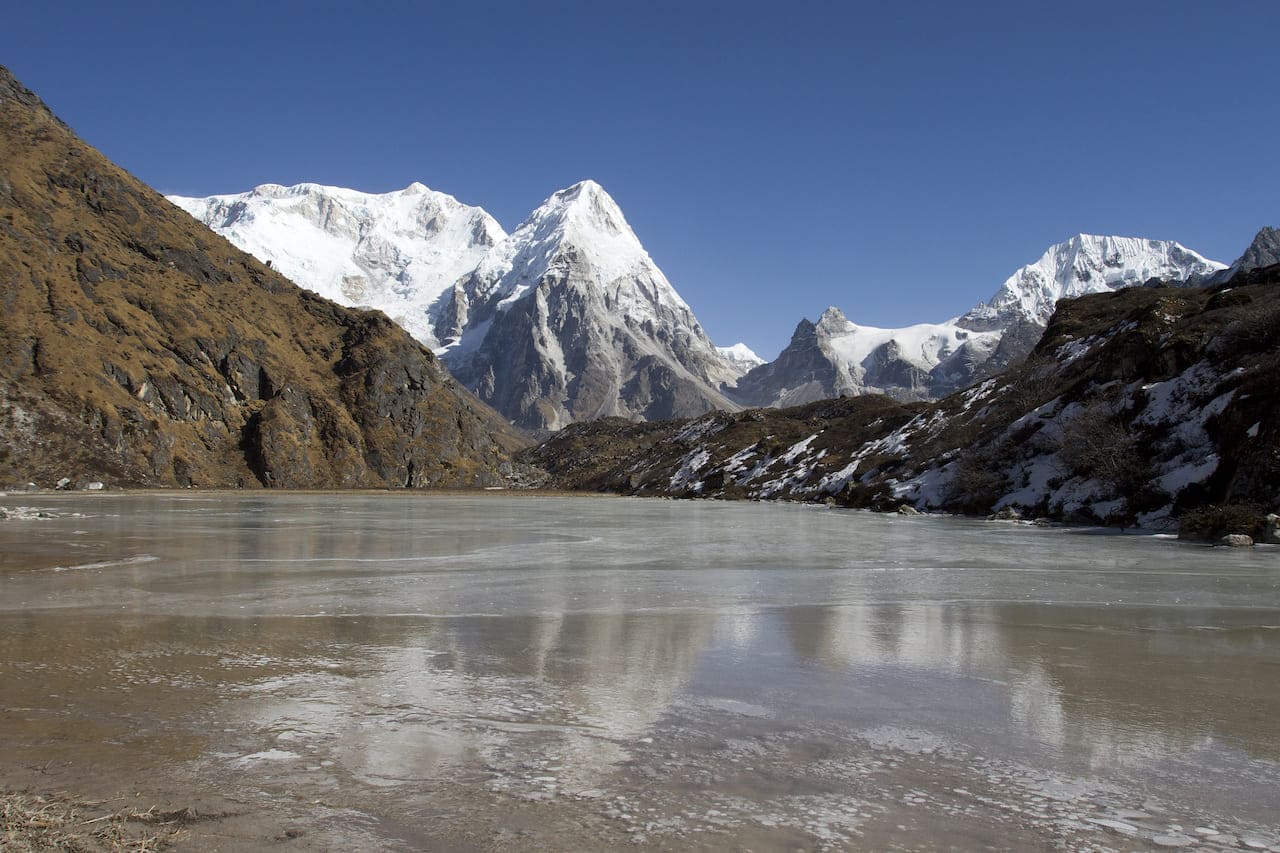
The Cusp Trekking Periods
Here we're primarily referring to higher altitude treks that go above and remain above 4,000+m.
As such we'd determine these "cusp trekking months" to be September and May.
In particular Everest Treks are a realistic proposition in both September and May as most of the time the chances are that due to the higher elevations you're above the clouds and the less favourable weather beneath the clouds, although at the lower elevations there may be a bit of wetter, cloudier weather.
A lower altitude trek like the Poon Hill Trek, which just about squeaks over the 3000m mark would probably be a waste of time in September. Chances are you'd see very little in the way of mountain views and May would be questionable too.
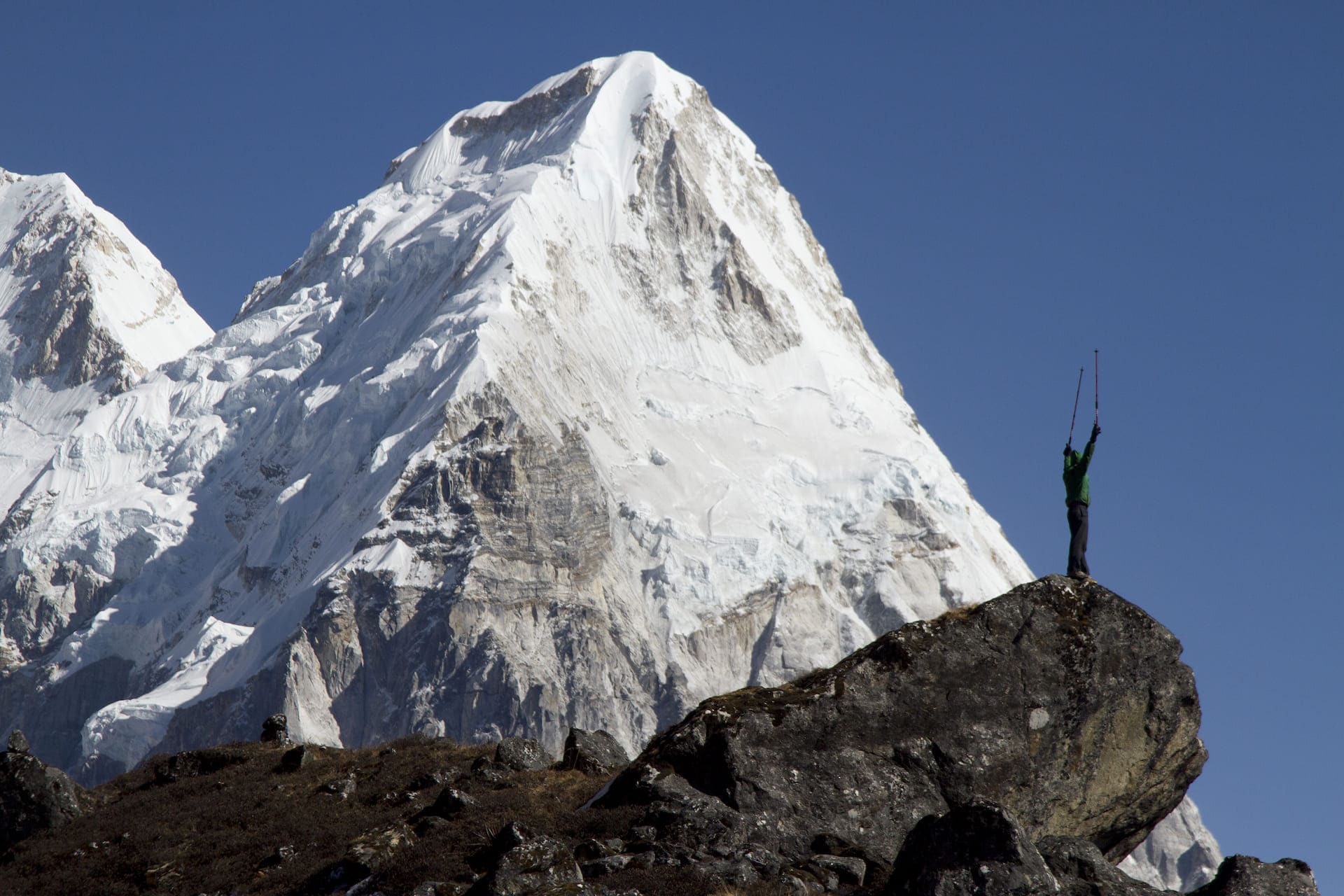
Monsoon Treks in Nepal
The monsoon is an annual weather event in Nepal and affects the entire Himalayas.
The "other side" of the Himalayas i.e. The Tibetan Plateau is protected from the monsoon. The Himalayas are just too high for the monsoon clouds and rains to get over the mountains.
So, there is one little part of Nepal that the monsoon doesn't reach. That is Mustang.
With the monsoon it's always a question of "when" not "if" it arrives.
Sometimes it arrives early. Sometimes it arrives late. Sometimes it leaves early (not so much nowadays) and sometimes it leaves late (becoming more common). Sometimes it arrives early and leaves late too.
But, generally we'd consider the monsoon period in Nepal to be between June to September.
From a trekking perspective the monsoon season is (with the exception of Mustang) just plain pointless.
During the monsoon it's hot, very humid and very, very wet. We're talking deluges of rainfall pretty much every day.
The volume of water that cascades down the mountain sides is just incredible and immensely powerful too. Sections of trekking trails, roads, bridges, villages are regularly washed away during the monsoon. Landslides, mudslides and even land collapses are a regular and rather dangerous occurrence.
That in itself makes the prospect of trekking in Nepal during the monsoon quite a risky affair. The trails themselves become a muddy quagmire.
But, you can guarantee with certainty that on a trek (pretty much most of it) in Nepal during the monsoon you're going to get wet. Very, very wet.
Worse still, the heavy rains bring out the dreaded leeches below 3,000m. Not just one or two, hundreds if not thousands of them and guess what? You'll find yourself frequently having to pick leeches off your clothing, exposed flesh etc. It's just not pleasant.
And for what? The heavy monsoon rains fall from dense clouds. As you're below the clouds, these clouds are obscuring any chance of views of the mountains.
Sure, there are a couple of isolated locations in Nepal that don't suffer the monsoon as bad e.g. Dolpo and Nar Phu. But, you'd still have to trek through monsoon conditions to get there.
Consequently we do not recommend trekking in Nepal during the monsoon season, with the exception of Mustang.
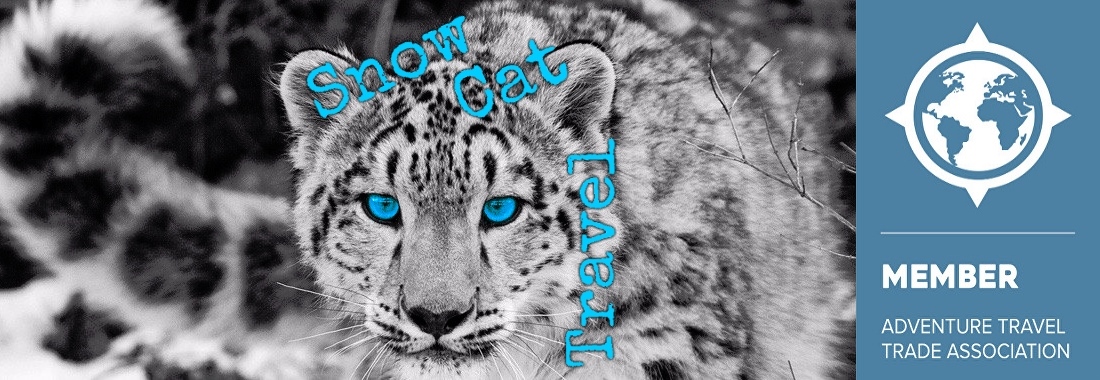

All rights reserved. Snow Cat Travel is a Registered Trade Mark UK 00003289264

